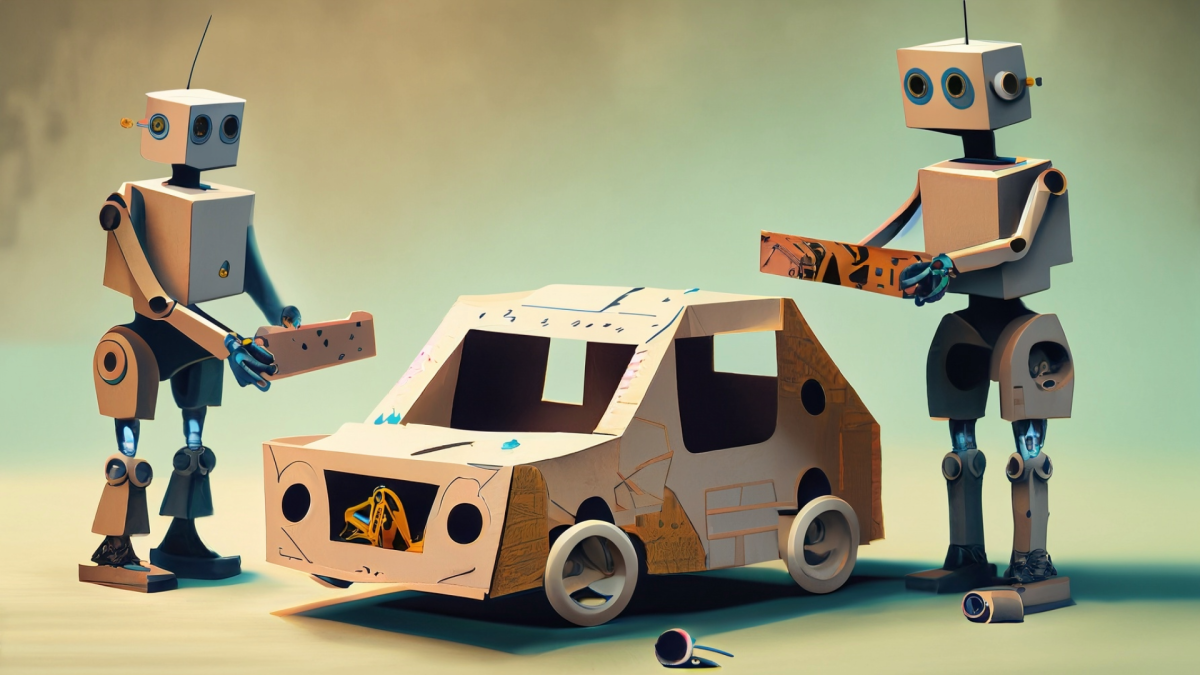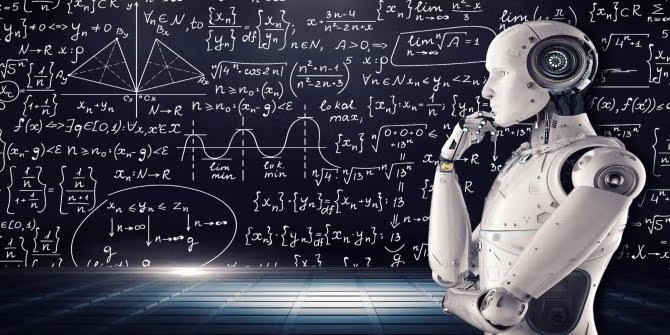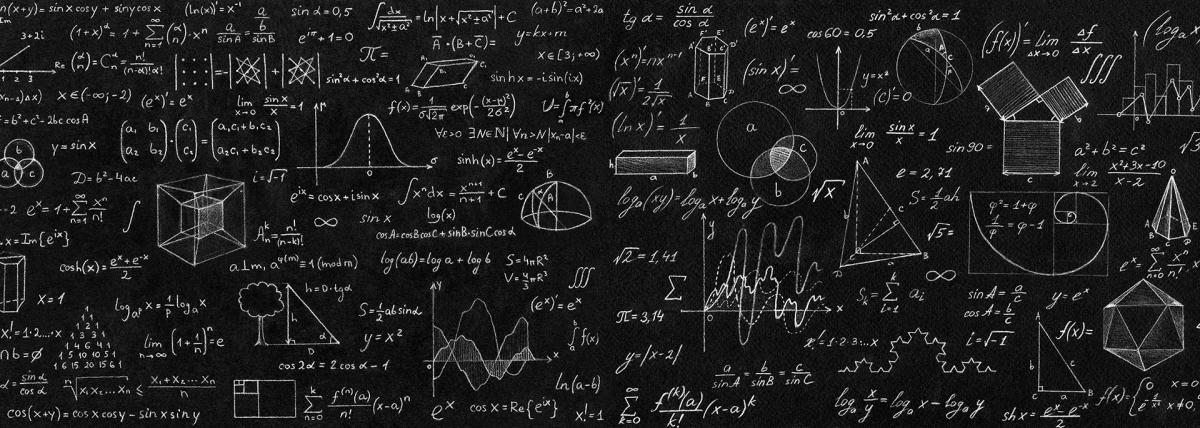
Students will be using simple equipment to demonstrate the 3 laws of motion. They will be incorporating technology, math, and the scientific method to demonstrate what they know.

In this lesson plan, students will make use of their knowledge about gravitational force and factors affecting it to design a stuffed mini parachute that will land the slowest from a given height

This is the culminating activity of the 8 part lesson series on simple machines. Students will put together everything they have learned about each individual simple machine to create a complex chain

In this lesson students will: Identify screws in our world; Discuss how screws make work easier; Plan and construct an Archimedes Screw Provide and receive feedback through peer critiques

In this lesson students will: Identify wedges in our world; Discuss how wedges make work easier; Plan and construct a canoe of their own design that incorporates a wedge shape to make it more

In this lesson students will: Identify wheels and axles in our world; Discuss how wheels and axles make work easier; Plan and construct a wind powered care of their own design that uses wheels and

In this lesson, students will: Identify levers in our world; Discuss how levers make work easier; Plan and construct a catapult that uses a lever Provide and receive feedback through peer critiques

In this lesson, students will: Identify inclined planes in our world; Discuss how inclined planes make work easier; Plan and construct a marble maze of their own design that uses inclined planes

In this lesson, students will: Identify pulleys in our world Discuss how pulleys make work easier Plan and construct an elevator of their own design that incorporates a pulley Provide and receive

This lesson serves as the introduction to an 8 lesson series or unit on simple machines. This series will present dozens of activities to introduce your students to simple machines, culminating in the

Students will use the projects from lessons 2 and 3 to analyze the data of the electric cars they made. They will identify the variables in their cars and plan improvements to their designs.

This lesson uses the knowledge of circuits (lessons 1 and 2) to make a battery-powered car. We used a tutorial from Tinkercad and designed our own body of a car. Then, I printed their cars. They

This lesson shows how to make an electric car using a small motor and battery. Students created a car, attached a battery and on/off switch, and collected data. The data collection sheet is included

This is the fourth and fifth lessons of 7 in the Take-Off & Landing unit. This unit is the first for the Aeronautics 2 students. Students must have completed the 8 Basic Handling Unit lessons from

This is the third lesson of 7 in the Take-Off & Landing unit. This unit is the first for the Aeronautics 2 students. Students must have completed the 8 Basic Handling Unit lessons from Aeronautics 1

This is the second lessons of 7 in the Take-Off & Landing unit. This unit is the first for the Aeronautics 2 students. Students must have completed the 8 Basic Handling Unit lessons from Aeronautics 1

This is the first of 7 Take-Off & Landing Lessons. This unit is the start the Aeronautics 2 lessons. Students must have completed the 8 Basic Handling Unit lessons from Aeronautics 1 course. (See

Students will build a propulsion system that can deliver a payload to a given location in this engaging paper rocket engineering lesson. Students think critically and problem solve as they work

More VR integration in the classroom, oh my! This is the second lesson of a two-day exploration of chain reactions. On day one, students received a general overview of chain reactions, Rube Goldberg

VR in the classroom, oh my! This Day 1 lesson provides students an introductory understanding of chain reactions, Rube Goldberg and his machines, the Oculus (Meta) Quest 2, the online game Dynamic

In this hands-on lesson, students will plan, build and create a roller coaster from random materials that a Ping Pong ball can travel through. Students engage in the engineering design process as they

In this lesson, students will apply their knowledge from the prior day's lesson (Magnetic Marble Run Newton's Laws of Motion Day 1), to complete an Advanced Build of a Magnetic Marble Run. This lesson

In this hands-on lesson, students will be challenged to complete an obstacle course with a Sphero/RVR/Edison through coding. Students will be given a task list to complete and will be timed. Math

This is a multiple-day lesson plan based on Newton's 3 Laws of Motion. Students begin the lesson by collecting data observing coins moving across a table. After making the observations, students will


